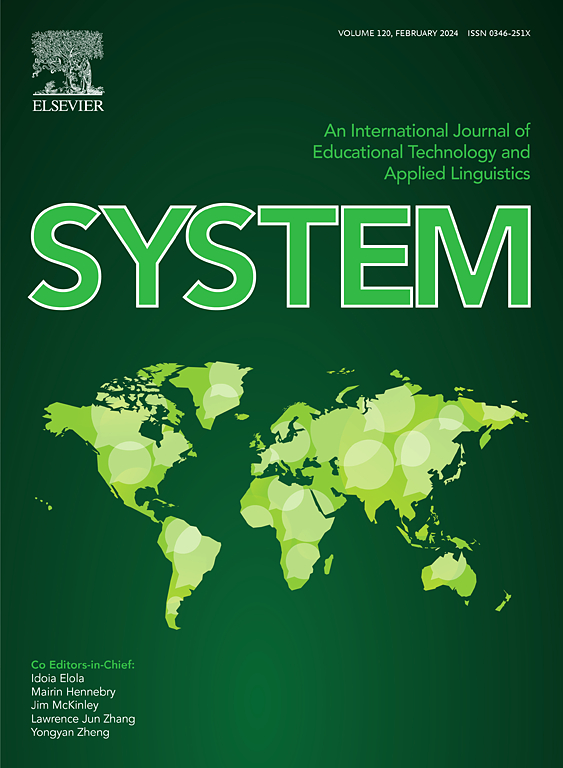Effects of organic acid-preserved cereal grains in sow diets during late gestation and lactation on the performance and faecal microbiota of sows and their offspring
IF 6.5
1区 农林科学
Q1 Agricultural and Biological Sciences
引用次数: 0
Abstract
Organic acids (OA) and maternal nutritional strategies have been demonstrated to promote piglet health and development. The objective of this study was to investigate the effects of incorporating OA-preserved cereal grains into sow diets during late gestation and lactation, aiming to reduce the metabolic demands of lactation while optimising offspring development and growth until slaughter. The experiment compared OA-preserved wheat and barley to conventionally dried grains, focusing on sow and offspring performance, as well as their faecal microbiota during lactation. Forty sows were blocked based on parity, body weight and back fat thickness on d 100 of gestation and assigned to one of two diets: a dried grain lactation diet and a preserved grain lactation diet. Sow faecal samples were collected at farrowing for the coefficient of apparent total tract digestibility (CATTD) of nutrients and microbial analysis. Offspring faecal samples were collected on d 10 postpartum and at weaning (d 26 postpartum) for microbial analysis. Sow body weight, back fat changes, gestation and lactation length, total piglets born, wean-to-oestrus interval, and lactation efficiency were unaffected by sow diet (P > 0.05). However, sows offered the preserved grain diet exhibited improved CATTD of dry matter, nitrogen, gross energy, and neutral detergent fibre (P < 0.05). While no maternal effect was observed on offspring growth during lactation (P > 0.05), pigs from sows offered the preserved grain diet showed improved growth and feed efficiency from weaning until slaughter (d 168) compared to those from sows offered the dried grain diet (P < 0.05). The preserved grain diet also reduced the abundance of Proteobacteria in sow faeces at farrowing and in their offspring on d 10 postpartum, and improved piglet faecal scores throughout lactation (P = 0.05). At weaning, piglets from sows offered the preserved grain diet exhibited an increased abundance of Lactobacillus and reduced abundance of Alistipes in their faeces (P < 0.05). OA-preserved grains enhanced the CATTD of nutrients in sows, promoted healthier piglet faecal scores during lactation, and improved offspring growth performance post-weaning, potentially linked to beneficial changes observed in the faecal microbiota of sows and their offspring during lactation.妊娠后期和哺乳期母猪饲粮中添加有机酸保存谷物对母猪及其子代生产性能和粪便微生物群的影响
有机酸(OA)和母体营养策略已被证明可以促进仔猪的健康和发育。本研究的目的是研究在妊娠后期和哺乳期母猪日粮中添加oa保存谷物的效果,旨在降低哺乳期代谢需求,同时优化后代的发育和生长直至屠宰。该实验将oa保存的小麦和大麦与常规干燥的谷物进行了比较,重点关注母猪和后代的生产性能,以及哺乳期间的粪便微生物群。40头母猪在妊娠第100天根据胎次、体重和背部脂肪厚度进行分组,并被分配到两种日粮中的一种:干谷物哺乳日粮和保存谷物哺乳日粮。分产时采集母猪粪便,测定营养物质表观全道消化率(CATTD)并进行微生物分析。分别于产后第10天和断奶(产后第26天)采集子代粪便样本进行微生物分析。母猪体重、背部脂肪变化、妊娠期和哺乳期长度、仔猪总产仔数、断奶至发情间隔和泌乳效率均不受母猪饲粮的影响(P < 0.05)。然而,保存谷物饲粮显著提高了干物质、氮、总能和中性洗涤纤维的CATTD (P 0.05),从断奶到屠宰(第168天),保存谷物饲粮的猪的生长和饲料效率显著高于保存谷物饲粮的猪(P < 0.05)。保存谷物饲粮还降低了母猪分娩时和产后10 d仔猪粪便中变形菌群的丰度,提高了仔猪整个哺乳期的粪便评分(P = 0.05)。断奶时,添加保鲜粮的仔猪粪便中乳酸杆菌丰度增加,阿里氏菌丰度降低(P < 0.05)。oa保存的谷物提高了母猪营养物质的CATTD,促进了哺乳期间仔猪更健康的粪便评分,并改善了断奶后后代的生长性能,这可能与哺乳期间母猪及其后代粪便微生物群的有益变化有关。
本文章由计算机程序翻译,如有差异,请以英文原文为准。
求助全文
约1分钟内获得全文
求助全文
来源期刊

Journal of Animal Science and Biotechnology
AGRICULTURE, DAIRY & ANIMAL SCIENCE-
CiteScore
9.90
自引率
2.90%
发文量
822
审稿时长
17 weeks
期刊介绍:
Journal of Animal Science and Biotechnology is an open access, peer-reviewed journal that encompasses all aspects of animal science and biotechnology. That includes domestic animal production, animal genetics and breeding, animal reproduction and physiology, animal nutrition and biochemistry, feed processing technology and bioevaluation, animal biotechnology, and meat science.
 求助内容:
求助内容: 应助结果提醒方式:
应助结果提醒方式:


